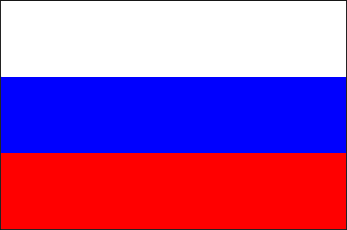Granite pegmatites and pegmatoids of the Urals. Ogorodnikov V.N.,Polenov Yu.A., Kisin A.Yu. Savichev A.M.

Despite significant progress in the study of pegmatites, the reasons for the empirically established dependence of their type on the features of the geological structure and evolution of those structural-formational zones in which they form have not yet been studied. The absence of spatial, temporal, and genetic links between pegmatites and granite massifs and, conversely, the presence of these links between pegmatites and metamorphic processes, recrystallization and metasomatism processes, raises the question of the role of magmatism and metamorphism in the formation of various formations of granite pegmatites. Recently, it has become clear that various industrial types of pegmatites are formed in different geological conditions, their formation occurs at different depths, where the processes proceed in different ways. Consequently, it is impossible to speak about the uniform conditions for the formation of pegmatites, the patterns of their distribution and search criteria. It is necessary to identify a number of pegmatite formations, each of which is characterized by specific features, which should be the basis for the development of search criteria. There are no significant pegmatite deposits in the Urals, many deposits and manifestations are polygenic and polychronous in nature, formed for a long time in the same tectonic structures with different depths. The small size of the deposits makes it possible to closely study the zoning and isolate the earlier mineralization or, conversely, the superimposed later one, i.e., to present a model of the development of pegmatite deposits in space and time.

